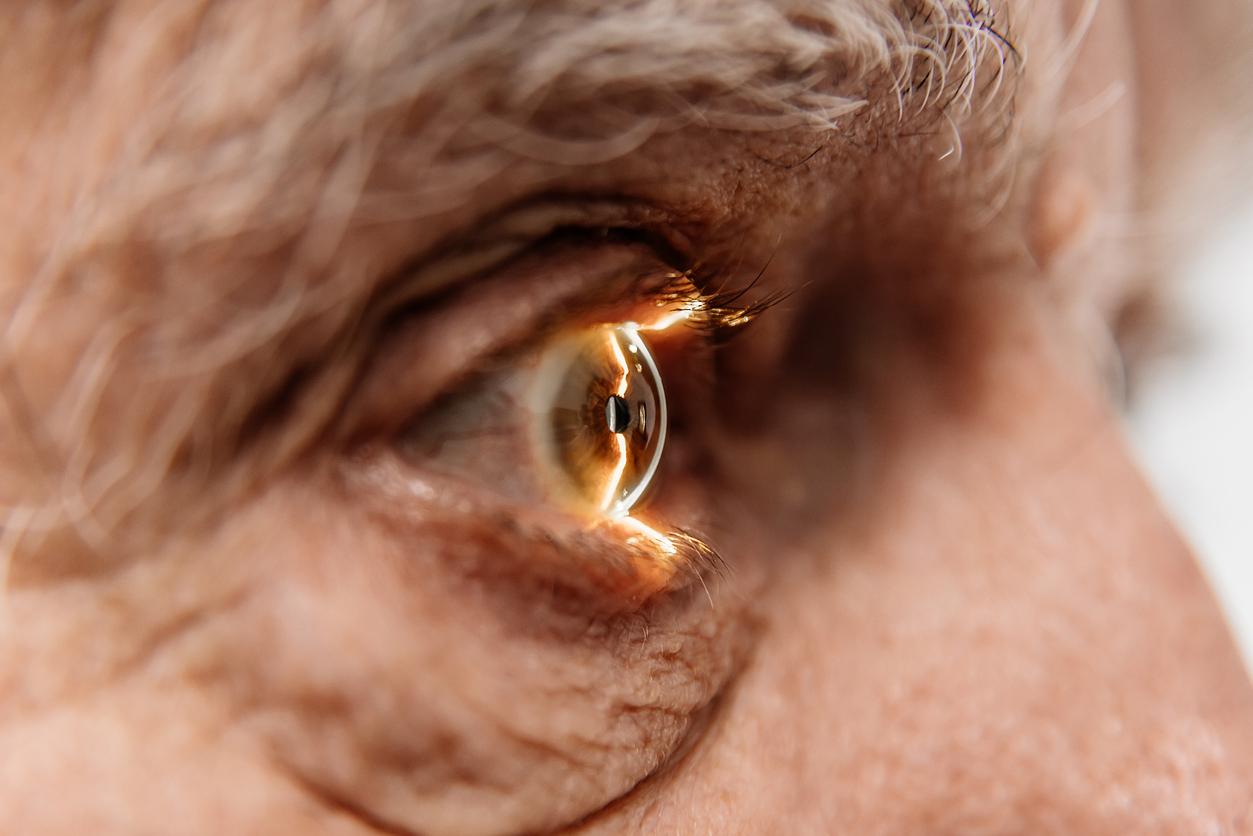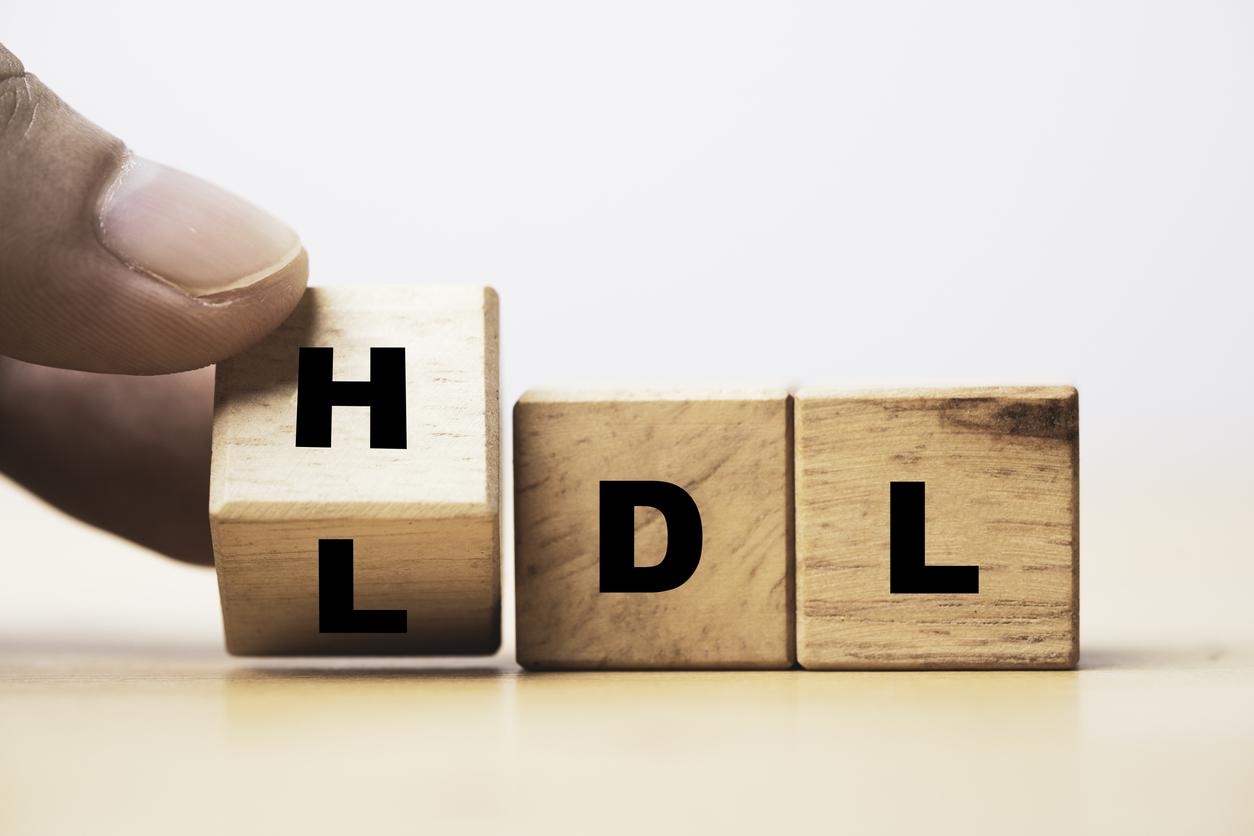The National heart, lung, and blood institute (NHLBI) has recommended since 2011 to monitor the cholesterol of young Americans aged 9 to 11 and 17 to 21. In January 2012, it is association American pediatricians who gave the same advice for children aged 9 to 11. However, only 3% of children and adolescents have had a lipid test in the United States, while 20% of them suffer from excess cholesterol.
Researchers denounce this lack of efficacy in a study published by the journal JAMA. In question, the fact that all American learned societies are not on the same wavelength and the fact that some do not encourage this practice, explains the Figaro.
Monitor children at risk
In France, generalized screening between 2 and 10 years has been recommended for two years, but what worries specialists the most is not the “simple” excess of cholesterol, but the hereditary one. Hypercholesterolemia is a disease linked to an increased risk of premature cardiovascular events in adulthood and a decrease in life expectancy. Without treatment, it can be very dangerous.
For this reason, increased surveillance in children whose family members have very high cholesterol and who have had a cardiovascular event is necessary. To protect children’s arteries, the treatment is the same as for adults: a reduction in the intake of animal fats rich in saturated fatty acids and fats found in processed foods, and an increase in the number of fibers.

















